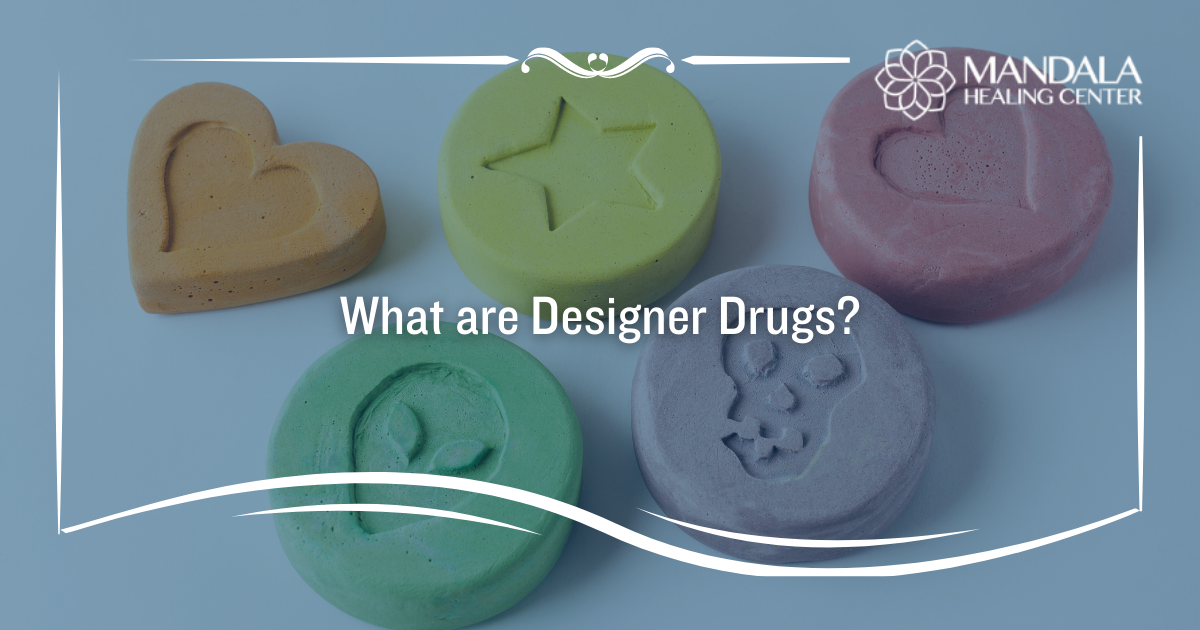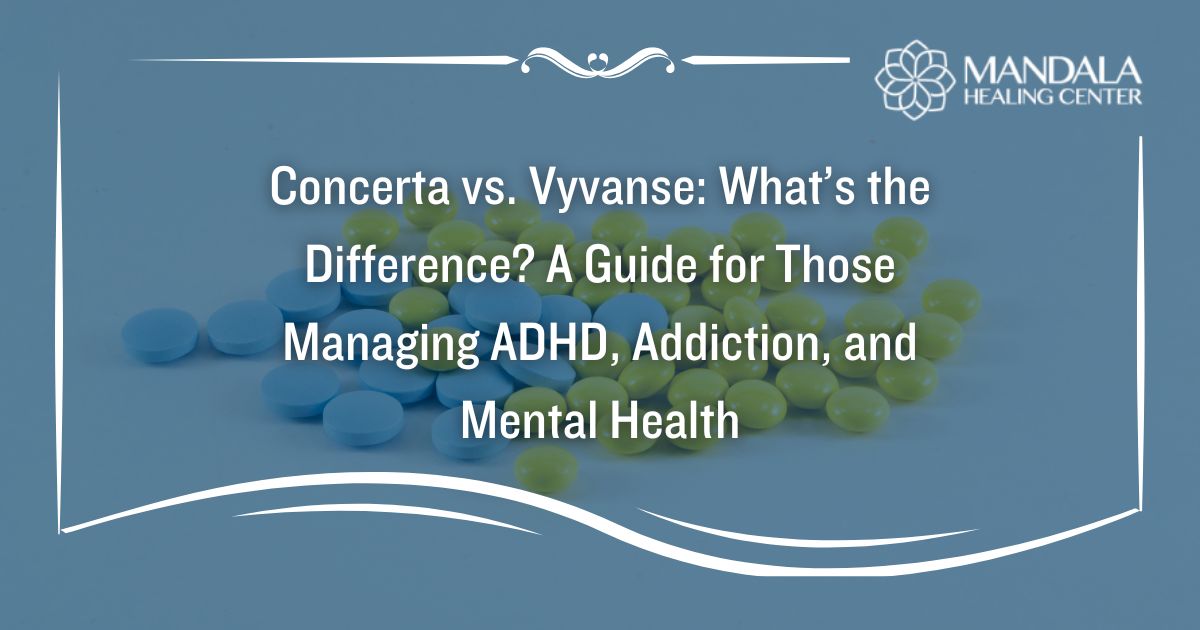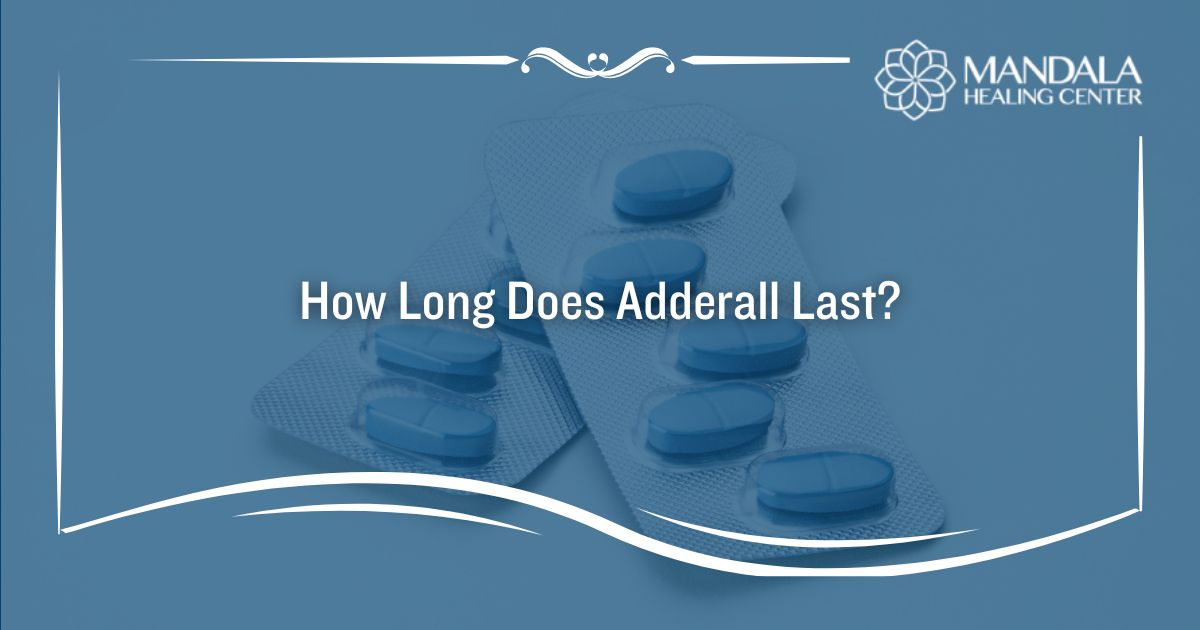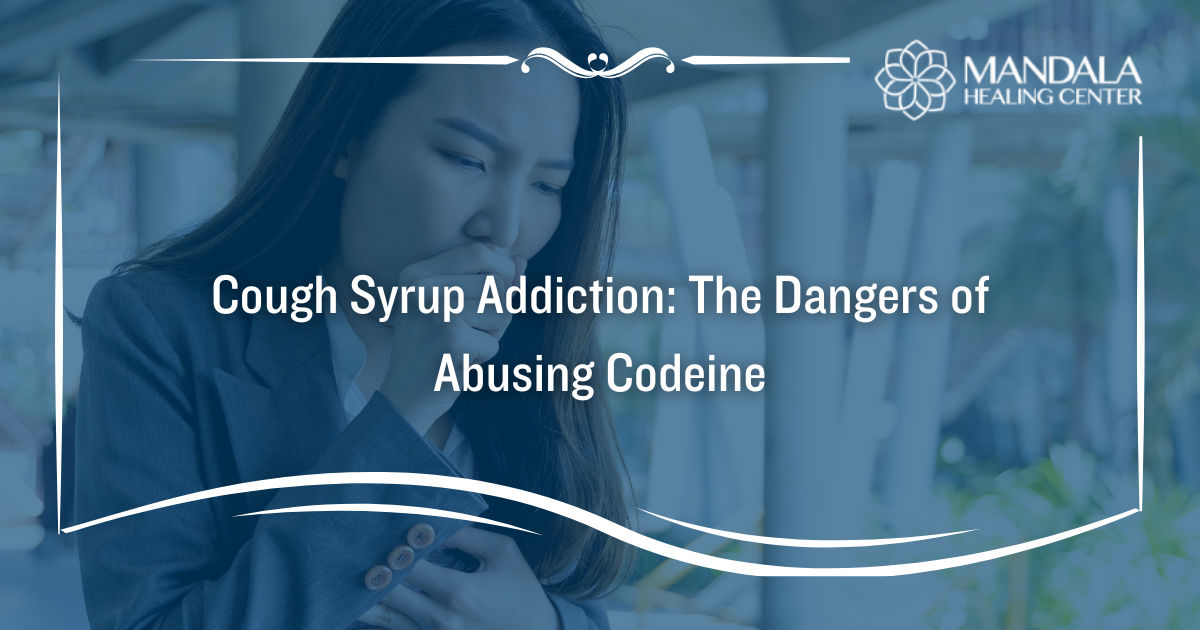Many people understand the risk of using illicit substances like cocaine, heroin, or marijuana. Researchers and medical professionals understand the impact these drugs can have on a person’s body and mind. As a society, we understand the toll addiction to these drugs can take on people and their communities.
But a new class of designer drugs is surrounded by more questions than answers. Designer drugs are synthetic chemicals that are used to mimic the effects of drugs like cocaine and marijuana. According to a survey conducted in 2014, about one in five people in the United States said they had used a designer drug in the previous year.[1]
Designer drugs are sometimes called “club drugs” because they often mimic the effects of cocaine. People may use these synthetic drugs to enhance a night out or give them more energy to party into the night. However, very little research is available on the long-term effects of these unregulated synthetic drugs.
If you or someone you love uses designer drugs, you must get treatment to avoid serious harm to your mental and physical health. Reach out to the caring specialists at the Mandala Healing Center for information about our treatment programs today.
What Are Designer Drugs?
Designer drugs are synthetic (artificial) drugs created to mimic the effects of illicit substances.
The DEA has identified these seven categories of club drugs:
- Cannabinoids
- Phenethylamines
- Phencyclidines or arylcyclohexylamines
- Tryptamines
- Piperazines
- Pipradrols
- N-ring systems
While these names may not sound familiar, you may recognize some of the most common designer drugs available. They include:[2]
- MDMA (Ecstasy) – A common club drug that is a stimulant with hallucinogenic properties that is often cut with other drugs like meth, amphetamines, psychedelics, or opioids. Ecstasy is often sold in colorful pressed tablets that are stamped with a smiley face or unique design.
- LSD (Acid) – A psychedelic, hallucinogenic drug known to cause symptoms of dissociation and a warped sense of time, self, and surroundings.
- Rohypnol (Roofies) – Also known as the “date-rape” drug, roofies cause sedation and respiratory depression.
- Spice/K2 – A synthetic version of tetrahydrocannabinol (THC), the psychoactive ingredient in marijuana, K2/Spice is a mixture of plant material sprayed with synthetic psychoactive chemicals that looks like potpourri and is typically labeled “not for human consumption.”
- GHB – A depressant drug with sedative properties.
- Bath salts – Synthetic stimulants that are sold online, in convenience stores and at “head shops” or “smoke shops” under various brand names. They often resemble Epsom salts and are labeled “Not for human consumption.”
- Methamphetamine – An illicit stimulant that is manufactured in clandestine laboratories using various homemade substances and household items.
Many of these drugs mimic the effects of cocaine, including euphoria and increased energy. But some provide effects similar to those of marijuana. People often use these drugs recreationally during parties or other social events.
Why Do People Use Designer Drugs?
Despite their risks, many people choose to use designer drugs. But why would someone choose club drugs over other illicit substances?
There are several reasons people give for using designer drugs. These include:
- Curiosity or wanting to try something new
- Enjoying the effects of club drugs
- Wanting to use a drug that is not detectable in a drug screen
- Less risk of legal consequences
- To convey status
- To stand out from the crowd or show they are unique
Some club drugs are not legally regulated in the same way as other illegal drugs. Some people feel that using club drugs is less risky than other drugs. However, designer drugs are not safe to use. It is essential to understand the risks of these drugs and seek treatment if you use them.
The Dangers of Club Drugs
Club drugs are usually made in underground laboratories with no oversight or regulation. Because laws change quickly to adapt to new designer drugs, these unregulated drug manufacturers often change formulations rapidly to keep their products on the market. This means that the ingredients can vary each time you use these designer drugs.
The lack of regulation and consistency can result in experiencing unwanted, dangerous side effects when using designer drugs. Many people have reported unpleasant symptoms when taking these drugs, including:[3]
- Dizziness
- Nausea
- Headache
- Heart problems
- Violent outbursts
Mixing club drugs and alcohol can lead to an increased risk of harm to your physical or mental health.
Some research suggests that using club drugs can cause changes in the brain that are common in addiction. They may also make it more likely that someone will abuse other highly addictive drugs.
Whether or not someone develops a physical or emotional dependence on club drugs, these unregulated substances pose a risk of immediate danger to their health and safety.
Do I Need Addiction Treatment if I Use Club Drugs?
While more research is needed to study the potential risks of addiction to club drugs, some evidence suggests that prolonged use of these drugs can cause brain changes common in addiction. If you use designer drugs and do not feel like you can stop on your own, it may be a sign that you need the support and structure of an addiction treatment program.
Addiction is a complex condition that requires comprehensive treatment. It is not sufficient to treat only the physical aspects of addiction. Instead, people must get treatment for addiction’s emotional, behavioral, and environmental elements.
Addiction treatment happens in stages. After an evaluation to determine which level of care is appropriate, people participate in a tailored treatment program to meet their needs.
This often includes:
- Medically-supervised detox
- Individual counseling
- Group support
- Education
- Medications
- Holistic therapies like nutrition counseling, exercise, and mindfulness practices
After treatment, people must continue to engage in their recovery to stay committed to sobriety and avoid relapse.
Get Help Now
If you or someone you love needs substance abuse treatment or want more information about our programs, reach out to the specialists at the Mandala Healing Center today.
References:












